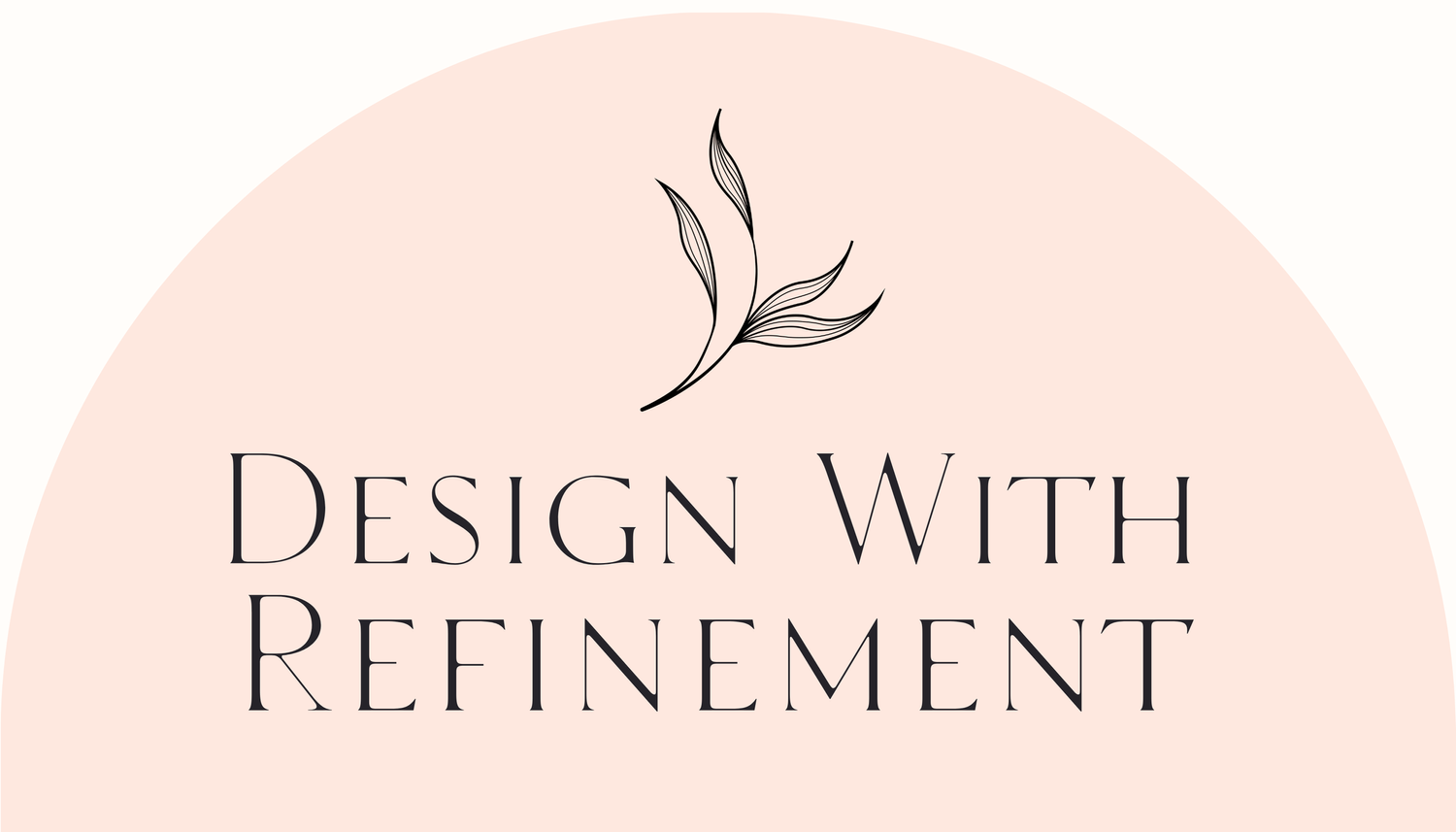Minimalist vs Maximalist
Imagine walking into a room where every piece of furniture, every texture, and every color has a purpose. In one room, you find serene, spacious simplicity—soft neutral tones, clean lines, and a sense of calm that wraps around you like a cozy blanket. In another, you're greeted with a burst of energy—vibrant patterns, bold hues, and an eclectic mix of treasures that tell stories of faraway places and forgotten eras. Welcome to the world of minimalist vs maximalist decor, where two distinct design philosophies collide, and the choice between less and more is more than just a preference—it’s a reflection of your personality, lifestyle and the function of the space that you want to create.
The Why of Minimalist Design
Minimalist design is rooted in the philosophy of "less is more." It focuses on simplicity, functionality, and clarity, aiming to create spaces that are clean, intentional, and free of excess.
Design by Design With Refinement
Utilize these steps to effectively enhance your project with relevant visuals.The reasons behind minimalist design include:
Reducing Clutter & Stress – A clutter-free environment leads to a clearer mind, promoting focus and tranquility.
Functionality & Purpose – Every object in a minimalist space serves a function, reducing waste and distractions.
Timeless Aesthetic – Minimalist design avoids trends, emphasizing timeless beauty with simple forms, neutral colors, and quality materials.
Sustainability – Consuming less and choosing high-quality, long-lasting materials aligns with eco-conscious living.
Enhancing Space & Light – Open spaces, natural light, and neutral colors create an airy, spacious feel, making rooms feel larger and more serene.
Encouraging Mindful Living – By stripping away excess, minimalism encourages intentionality in choosing objects and experiences that truly add value to life.
The Opposite of Minimalist Design
The opposite of minimalism is Maximalism, which embraces abundance, complexity, and expressive design. Unlike minimalism’s restrained approach, maximalism thrives on layering textures, colors, and objects to create visually rich environments.
Design JF Niffelle Design, Staged by Design With Refinement
Why Maximalism?
Self-Expression & Personality – Maximalist spaces reflect individuality through eclectic decor, bold colors, and personal collections.
Emotional & Sensory Engagement – Vibrant patterns, intricate details, and rich materials create a lively and immersive atmosphere.
Nostalgia & Storytelling – Spaces are filled with meaningful objects, art, and heirlooms that tell a story and evoke memories.
Creative Freedom – No strict rules; mixing and matching different styles, eras, and materials is encouraged.
A Sense of Warmth & Comfort – Layers of textiles, decor, and color make a space feel cozy and inviting.
Breaking Monotony – Maximalism thrives on variety and contrast, avoiding the potential sterility of minimalism.
Choosing Between the Two
As an interior designer, the choice between minimalist and maximalist styles ultimately comes down to personal preference and how you wish to feel in your space. Minimalist interior design, with its clean lines and neutral, cozy palettes, offers a calming, clutter-free environment, ideal for those who embrace simplicity. This style is often seen in minimalist house interiors or Japandi interiors, where functionality meets tranquility.
On the other hand, maximalist interior design celebrates bold colors, patterns, and textures, bringing energy and personality to living rooms, dining rooms, and beyond. Modern maximalist decor embraces an eclectic simplicity, blending various elements in unexpected ways to create a space that's both vibrant and harmonious.
There’s room for both design styles in a single home. You can create a serene bedroom sanctuary using minimalist interior design, with its neutral tones and cozy simplicity, to help you rest and decompress after a long day. On the other hand, a home office could be the perfect space to embrace maximalist interior design—imagine vibrant colors, eclectic artwork, and dynamic decor that sparks creativity and inspiration. You don’t have to commit fully to minimalism or create an overwhelming maximalist space. Instead, you can blend both styles, drawing from each to subtly decorate your home in a way that reflects your personal taste and lifestyle.
Which approach resonates more with you?


